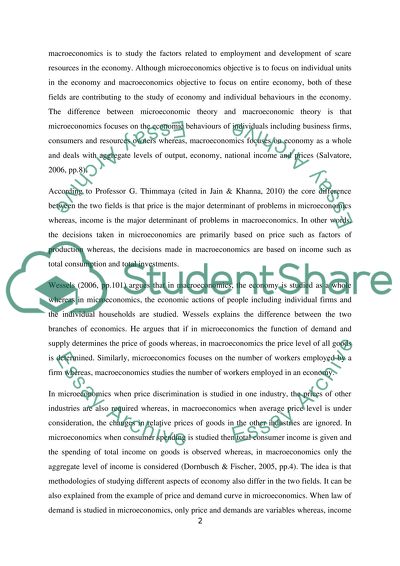Cite this document
(“The differences between macroeconomics and microeconomics Essay”, n.d.)
Retrieved from https://studentshare.org/macro-microeconomics/1409967-the-differences-between-macroeconomics-and-microeconomics
Retrieved from https://studentshare.org/macro-microeconomics/1409967-the-differences-between-macroeconomics-and-microeconomics
(The Differences Between Macroeconomics and Microeconomics Essay)
https://studentshare.org/macro-microeconomics/1409967-the-differences-between-macroeconomics-and-microeconomics.
https://studentshare.org/macro-microeconomics/1409967-the-differences-between-macroeconomics-and-microeconomics.
“The Differences Between Macroeconomics and Microeconomics Essay”, n.d. https://studentshare.org/macro-microeconomics/1409967-the-differences-between-macroeconomics-and-microeconomics.


